Each person does it on their own, small-scale, less attractive
The provinces and cities of the Mekong Delta all have their own distinct tourism potential. Can Tho stands out with Cai Rang floating market and Ninh Kieu wharf; Dong Thap has vast fruit gardens; An Giang possesses the unique spiritual and cultural tourism values of That Son region and Ba Chua Xu temple. However, instead of being linked into an attractive series of itineraries, these destinations operate separately and lack connectivity.
Interviewing tourists at Ninh Kieu Wharf ( Can Tho ) on the occasion of April 30 and May 1, we found that up to 76% of tourists said that destinations in the West are "beautiful but similar", "lack of innovation" and "difficult to find different experiences between provinces". Ms. Le Minh Trang, a tourist from Da Nang shared: "Going to the West several times, I see the same thing: Boats, music, fruit gardens. Personally, I find it very beautiful, but there are not many new things".
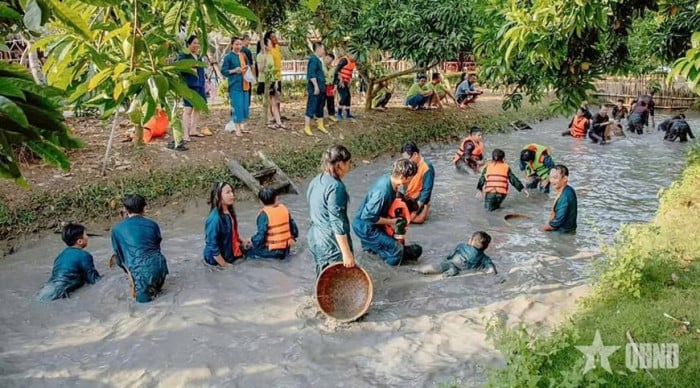
Experiential activities and folk entertainment are loved by young people and tourists at the Western eco-tourism area.
Ms. Nguyen Thi Mai Lan, a tourist from Hanoi, said: “I had an enjoyable trip to Can Tho and Vinh Long, but traveling between tourist destinations was a challenge. The roads are still quite narrow, while traffic connections between provinces are not synchronized. If traffic could be improved and accommodation facilities upgraded, my trip would be much more complete.”
Not only domestic tourists, international tourists also face obstacles. When we had the opportunity to visit the Cantho Eco Resort, we talked with Mr. Dan Morgan, an Australian tourist. He shared that he was very impressed with the beauty of the river and the friendliness of the Western people, but his travel experience was limited due to the lack of English information and the inconvenient service booking process. He hopes that the locality will develop more professional tourism to improve the experience for tourists like him in the next time.
In addition to tourists, many traders and service providers also believe that the lack of inter-provincial tourism connections greatly affects the business of local people. Traders at Ninh Kieu wharf such as Ms. Tran Thi Hong said that visitors often only visit one province and rarely visit other places, making business unstable. As an employee of a travel company in Can Tho, Mr. Nguyen Van Tam also shared that building inter-provincial tours is difficult because each place has its own regulations, lacking coordination mechanisms and service connection.
Currently, tourism in the Mekong Delta is developing quite fragmentedly, each doing their own thing, lacking close connections between localities. This situation makes tourism products lack depth, less attractive in terms of experience, and also causes difficulties for businesses in building inter-provincial tours due to complicated procedures and lack of a unified coordination mechanism. Transport infrastructure, especially waterways, along with smart tourism services still have many limitations, causing great obstacles in bringing seamless and convenient experiences to tourists. Therefore, completing synchronous infrastructure and establishing an effective regional connection mechanism is very necessary for sustainable development of tourism in the Mekong Delta, improving quality and diversifying products, thereby increasing attractiveness and competitiveness in the domestic and international markets.

Experiential activities and folk entertainment are loved by young people and tourists at the Western eco-tourism area.
Streamlining the apparatus: Expected to open a new direction for regional tourism
Implementing the Government's policy of streamlining the administrative apparatus, the Mekong Delta region has been merged. After the streamlining process, there are currently 5 provinces remaining: Tay Ninh, Vinh Long, Dong Thap, Ca Mau, An Giang and 1 centrally-run city, Can Tho City. The merger of small-scale localities helps to increase resources, improve management efficiency and promote socio-economic development.
According to Mr. Tran Viet Phuong, Chairman of the Mekong Delta Tourism Association, streamlining the apparatus is an important premise for reorganizing the tourism industry in a more professional direction. When reducing administrative focal points, provinces will easily coordinate to build inter-regional tourism products, creating a more attractive value chain.
The redefinition of the administrative map helps to clearly divide the strengths: Can Tho City continues to play the role of a regional center, the nucleus of economic, cultural and tourism development for the entire region, expanding further after the merger of Soc Trang and Hau Giang with the strengths of community tourism, Khmer folk festivals and modern riverside urban areas; the new Ca Mau province, after merging with Bac Lieu, creates its own mark with mangrove ecotourism in Dat Mui, combining the cultural space of Don Ca Tai Tu and coastal renewable energy projects; the new Dong Thap province is formed based on the merger between Tien Giang and Dong Thap, promoting the advantages of ecotourism, traditional craft villages, garden fruits and destinations such as Tram Chim, Sa Dec; the new An Giang province including Phu Quoc (after the merger between An Giang and Kien Giang) stands out with the development of sea and island tourism, while effectively exploiting spiritual and cultural tourism. This zoning not only avoids product overlap but also creates favorable conditions for more in-depth and systematic tourism development.
In 2024, Mekong Delta tourism will welcome more than 52 million visitors, an increase of 15.9% compared to 2023; of which, international visitors will reach more than 2.8 million, an increase of 49%. Total tourism revenue will exceed VND 62,000 billion, an increase of more than 36% over the same period. Mr. Nguyen Minh Tuan, Deputy Director of the Department of Culture, Sports and Tourism of Can Tho City, commented: "This result shows the great potential of regional tourism. However, to make a breakthrough, the provinces need to continue to invest in building unique products, clearly positioning their brands and innovating tourism promotion activities."
Sharing the same view, Mr. Nguyen Vu Khac Huy, Permanent Vice President of An Giang Province Tourism Association, General Director of Vina Phu Quoc Tourism Company Limited, also said: "Western culture has outstanding strengths, but current tourism products still lack depth and high-end segments. Therefore, it is necessary to develop specialized tours on history, culture, literature; at the same time, exploit the potential of rivers to develop river tourism, cruises, extend the length of stay and increase spending."
To develop sustainable tourism in the Mekong Delta, it is necessary to synchronously deploy many key solutions such as perfecting the transport infrastructure system, promoting the application of digital technology in the tourism industry, improving the quality of human resources and increasing support for local communities to preserve and promote unique cultural values. At the same time, building and strengthening coordination mechanisms between provinces and cities through joint councils and common information systems is an essential requirement to create unity in tourism product development, contributing to improving inter-regional efficiency and creating a foundation for sustainable development of the regional tourism industry.
Streamlining the administrative apparatus is not simply a matter of cutting down on focal points, but also an important strategy to reorganize the tourism management apparatus in a professional, effective and synchronous manner. Close coordination between localities will promote combined strength, enhance the position and brand of tourism in the Mekong Delta, opening up many opportunities to attract domestic and foreign tourists. With advantages in nature, culture and human resources, along with innovation in management, tourism in the Mekong Delta can completely "take off", becoming an attractive destination on the international tourism map.
According to the People's Army Newspaper
Source: https://bvhttdl.gov.vn/tao-duong-bang-cho-du-lich-dong-bang-song-cuu-long-cat-canh-20250707104158947.htm


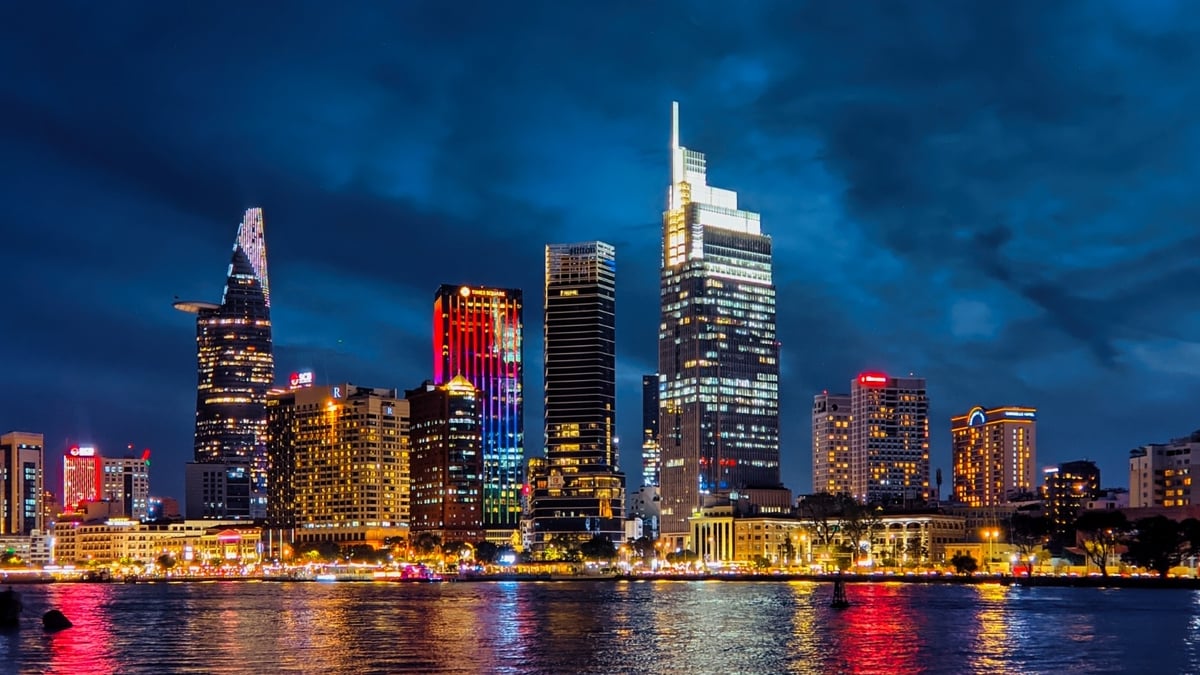
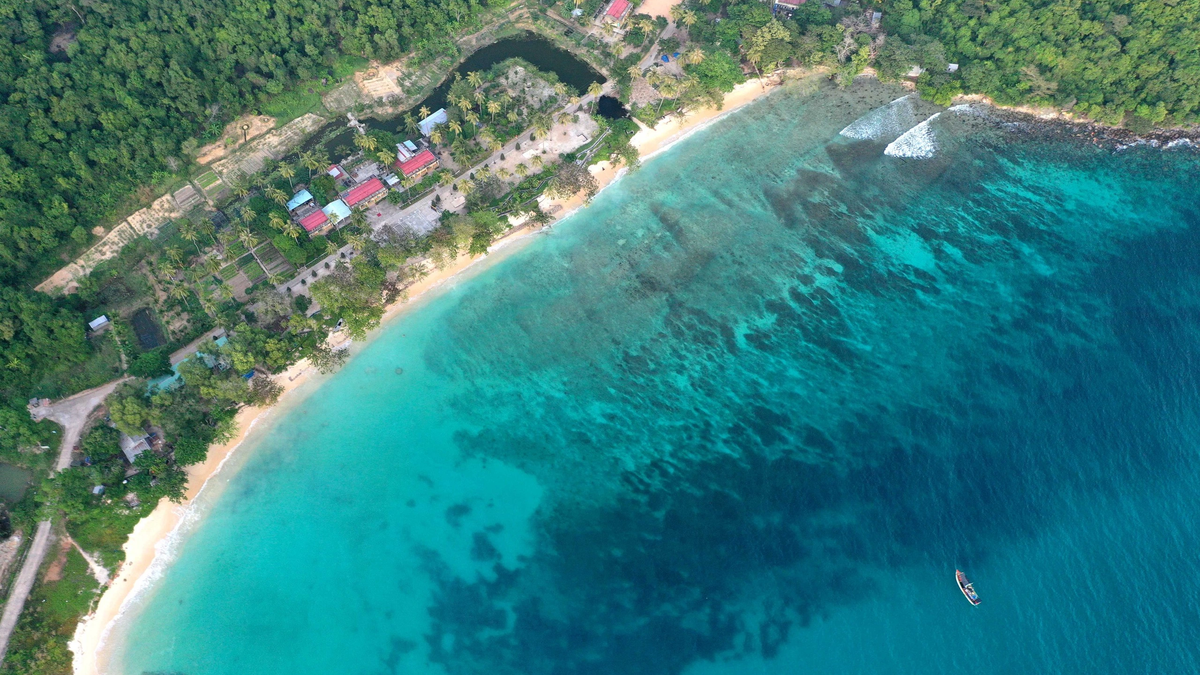
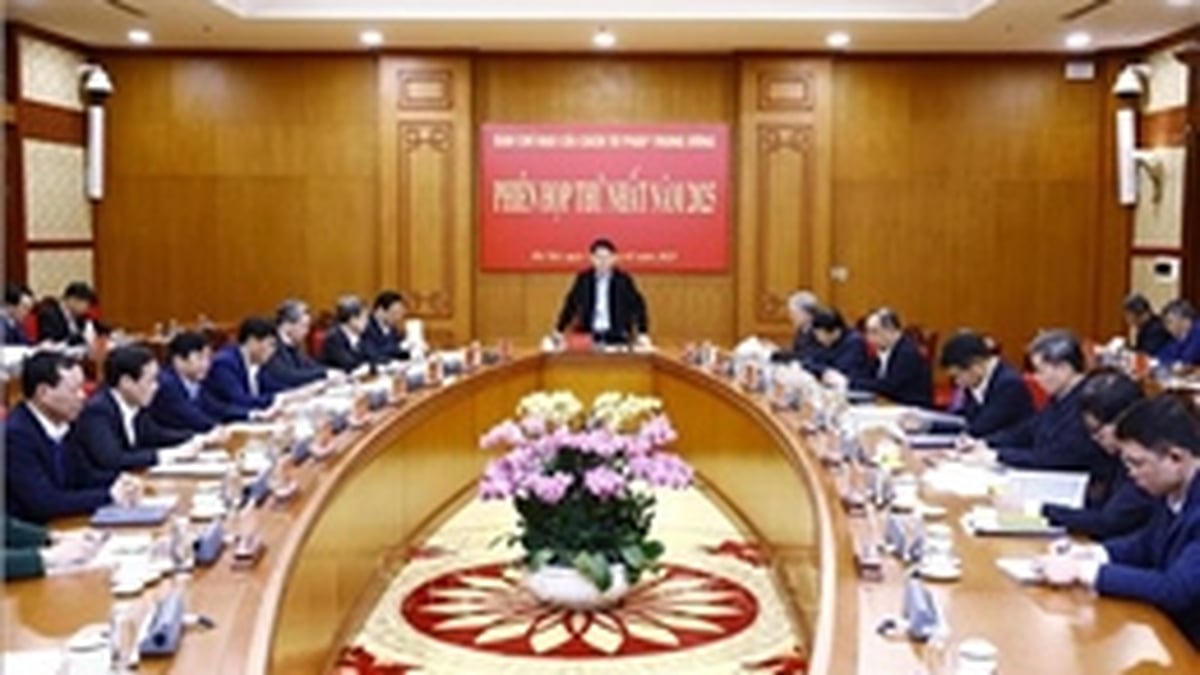


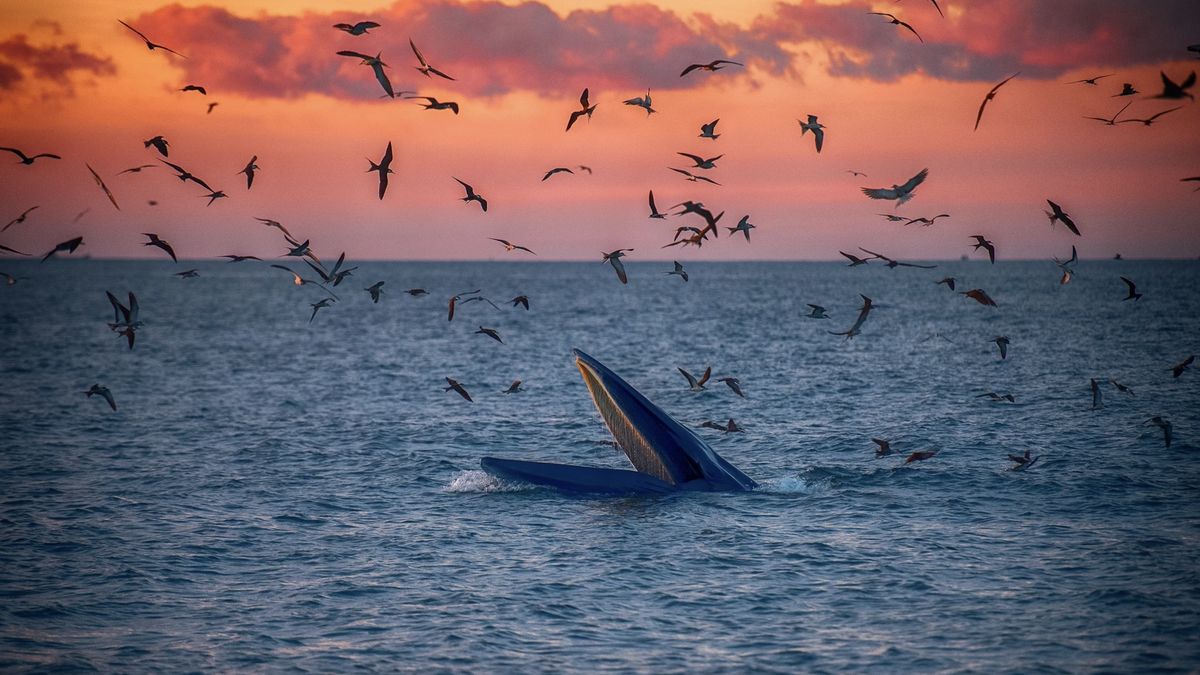
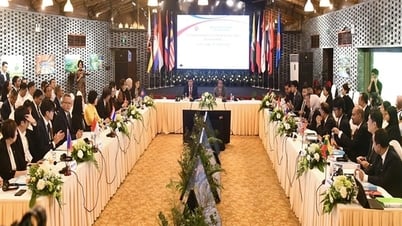
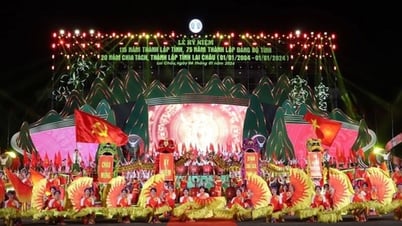



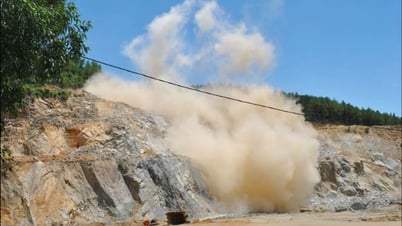





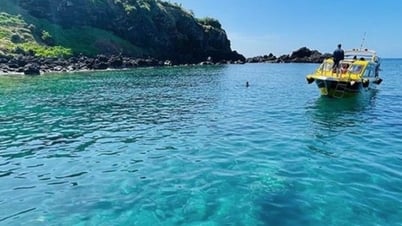
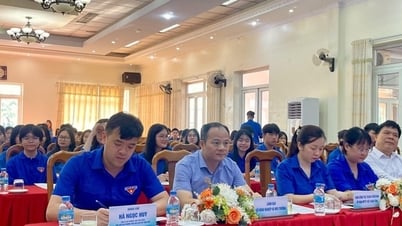
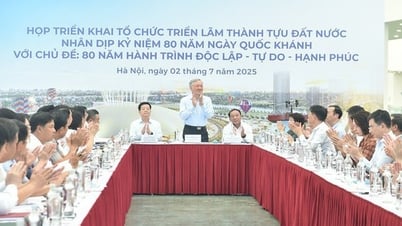
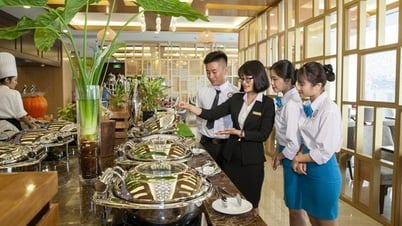

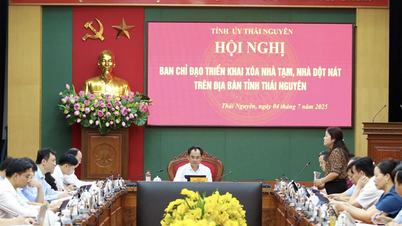
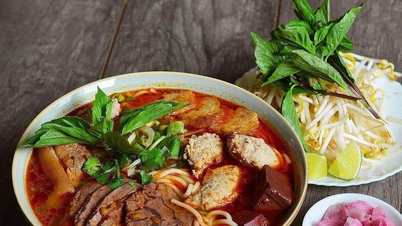

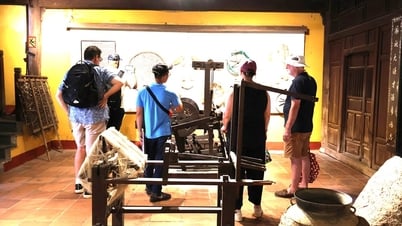

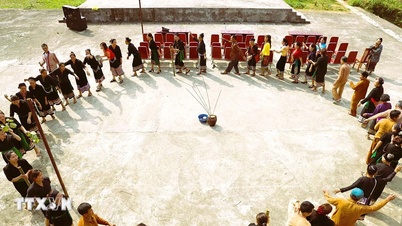
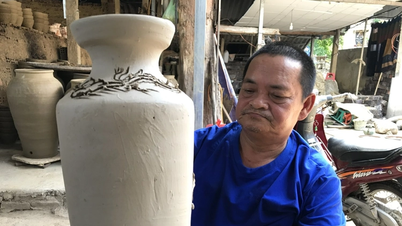

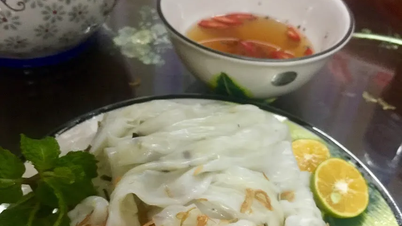



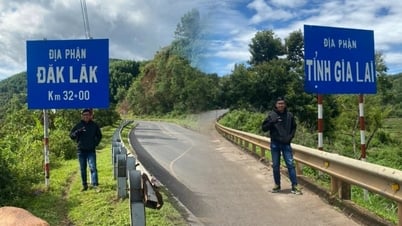

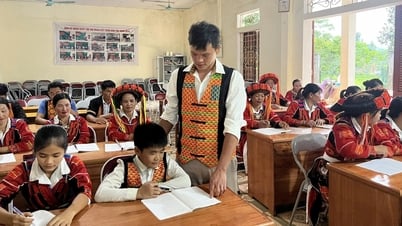









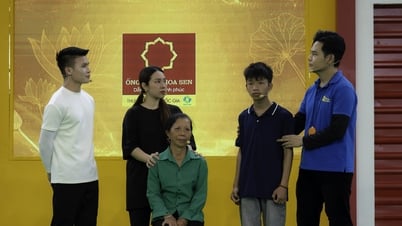

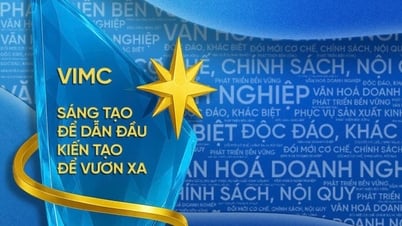

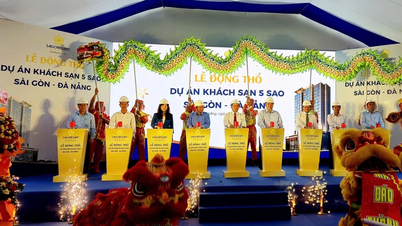

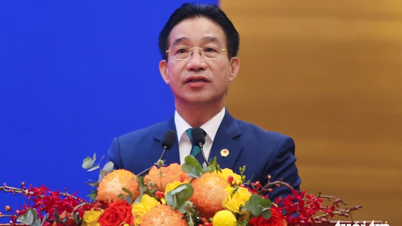
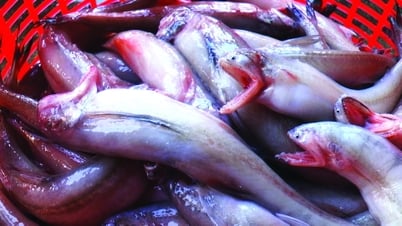

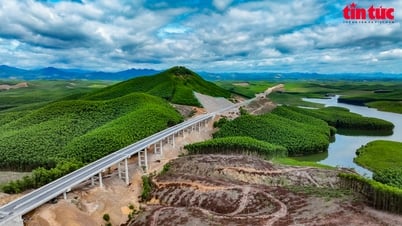

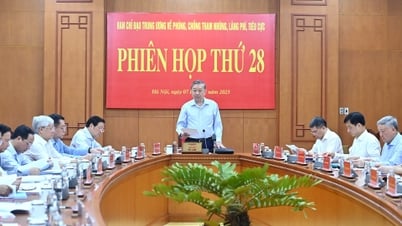




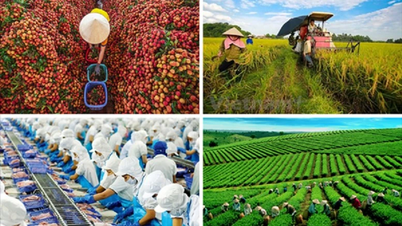



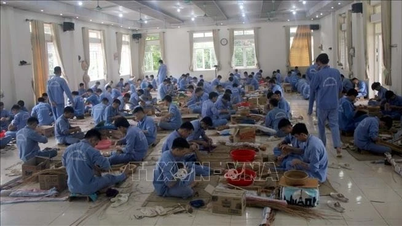
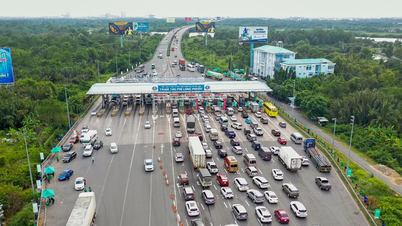
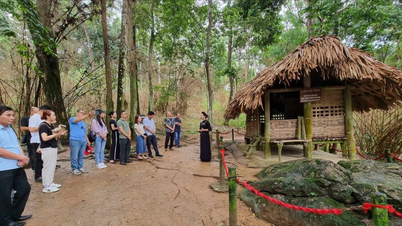














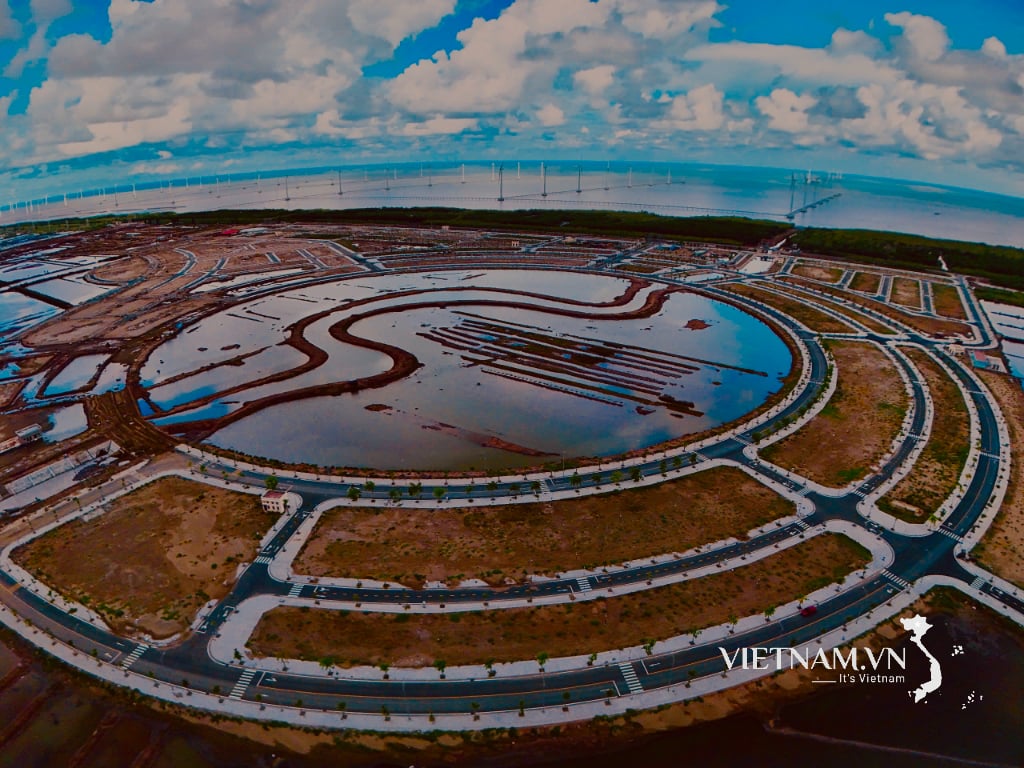
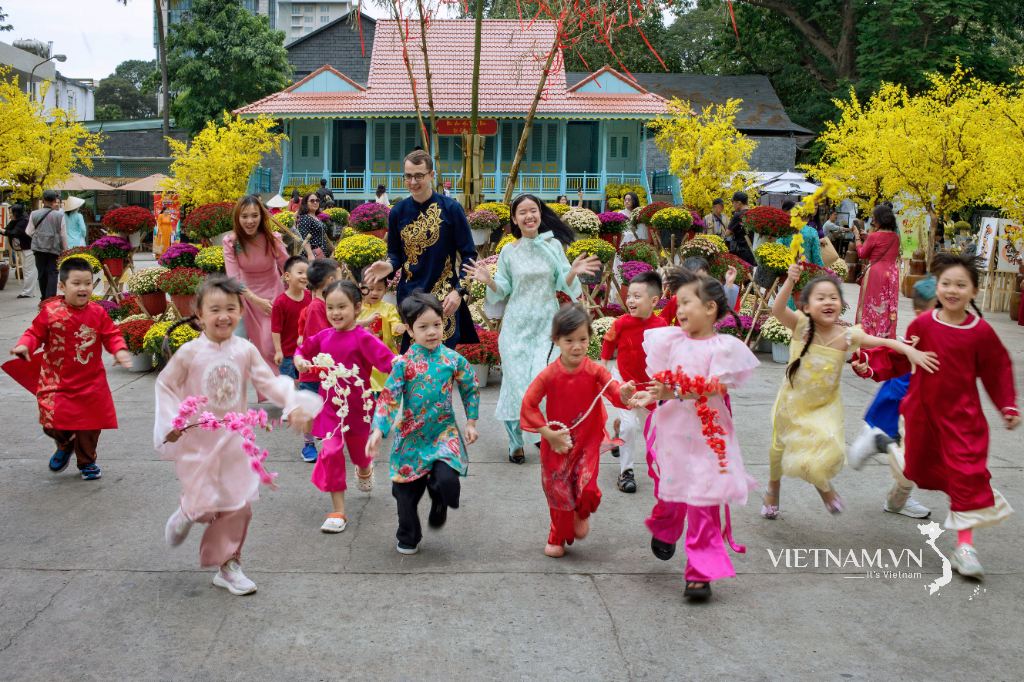

Comment (0)